What Gas Filters Out Uv ?
Ozone gas filters out UV radiation. Ozone is a molecule made up of three oxygen atoms and is present in the Earth's atmosphere. It is located in the stratosphere and absorbs most of the sun's harmful UV radiation. This is important because UV radiation can cause skin cancer, cataracts, and other health problems in humans and animals. However, it is important to note that too much ozone in the lower atmosphere can be harmful to human health and the environment.
1、 Ozone layer
The ozone layer is a layer of gas in the Earth's atmosphere that filters out harmful ultraviolet (UV) radiation from the sun. The gas that filters out UV radiation in the ozone layer is ozone (O3). Ozone is a molecule made up of three oxygen atoms, and it is formed when UV radiation from the sun splits an oxygen molecule (O2) into two separate oxygen atoms. These oxygen atoms can then combine with other oxygen molecules to form ozone.
The ozone layer is located in the stratosphere, which is the layer of the atmosphere above the troposphere. The ozone layer is important because it protects life on Earth from the harmful effects of UV radiation, which can cause skin cancer, cataracts, and other health problems.
However, in recent years, there has been concern about the depletion of the ozone layer due to the release of certain chemicals, such as chlorofluorocarbons (CFCs), into the atmosphere. These chemicals can break down ozone molecules, leading to a thinning of the ozone layer and an increase in UV radiation reaching the Earth's surface.
Efforts have been made to reduce the use of these chemicals, and the latest point of view is that the ozone layer is slowly recovering. However, it is still important to continue monitoring the ozone layer and taking steps to protect it, as it plays a crucial role in protecting life on Earth from the harmful effects of UV radiation.
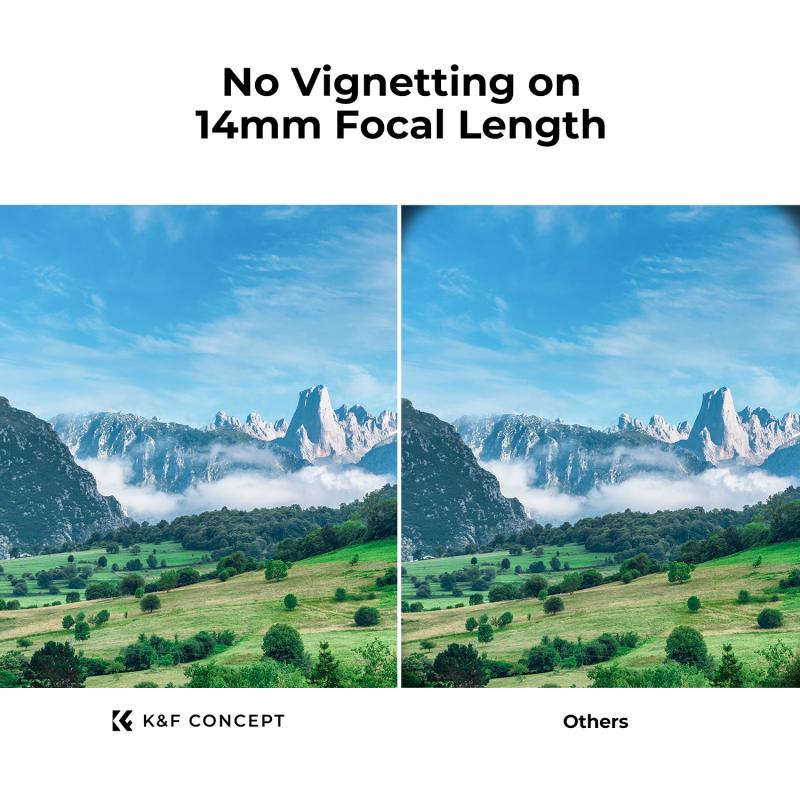
2、 Stratospheric ozone
What gas filters out UV?
The gas that filters out UV radiation is stratospheric ozone. Ozone is a molecule made up of three oxygen atoms (O3) and is found in the Earth's atmosphere. It is located in the stratosphere, which is the layer of the atmosphere that is located between 10 and 50 kilometers above the Earth's surface.
Ozone is important because it absorbs most of the sun's harmful ultraviolet (UV) radiation. UV radiation is harmful to living organisms because it can cause skin cancer, cataracts, and other health problems. Without the ozone layer, life on Earth would be exposed to dangerous levels of UV radiation.
However, in recent years, the ozone layer has been depleted due to the release of human-made chemicals such as chlorofluorocarbons (CFCs). These chemicals break down ozone molecules, leading to a thinning of the ozone layer. This thinning has led to an increase in UV radiation reaching the Earth's surface, which has had negative effects on human health and the environment.
Efforts have been made to reduce the use of CFCs and other ozone-depleting substances, and the ozone layer is slowly recovering. However, it is important to continue to monitor and protect the ozone layer to ensure that it can continue to filter out harmful UV radiation and protect life on Earth.

3、 UV-absorbing molecules
What gas filters out UV?
UV-absorbing molecules are the primary gas that filters out UV radiation. These molecules are present in the Earth's atmosphere and act as a protective shield against harmful UV radiation. The most important UV-absorbing molecules are ozone, oxygen, and water vapor.
Ozone is the most effective UV-absorbing molecule in the Earth's atmosphere. It absorbs UV radiation in the range of 200-300 nm, which is the most harmful range of UV radiation. The ozone layer is located in the stratosphere, and it protects life on Earth from the harmful effects of UV radiation.
Oxygen is another important UV-absorbing molecule in the Earth's atmosphere. It absorbs UV radiation in the range of 100-200 nm. Oxygen is present in the Earth's atmosphere in large quantities, and it plays a crucial role in protecting life on Earth from the harmful effects of UV radiation.
Water vapor is also an important UV-absorbing molecule in the Earth's atmosphere. It absorbs UV radiation in the range of 300-400 nm. Water vapor is present in the Earth's atmosphere in varying quantities, and it plays a crucial role in protecting life on Earth from the harmful effects of UV radiation.
Recent studies have shown that some gases, such as carbon dioxide and methane, can also absorb UV radiation. However, their contribution to UV protection is relatively small compared to ozone, oxygen, and water vapor.
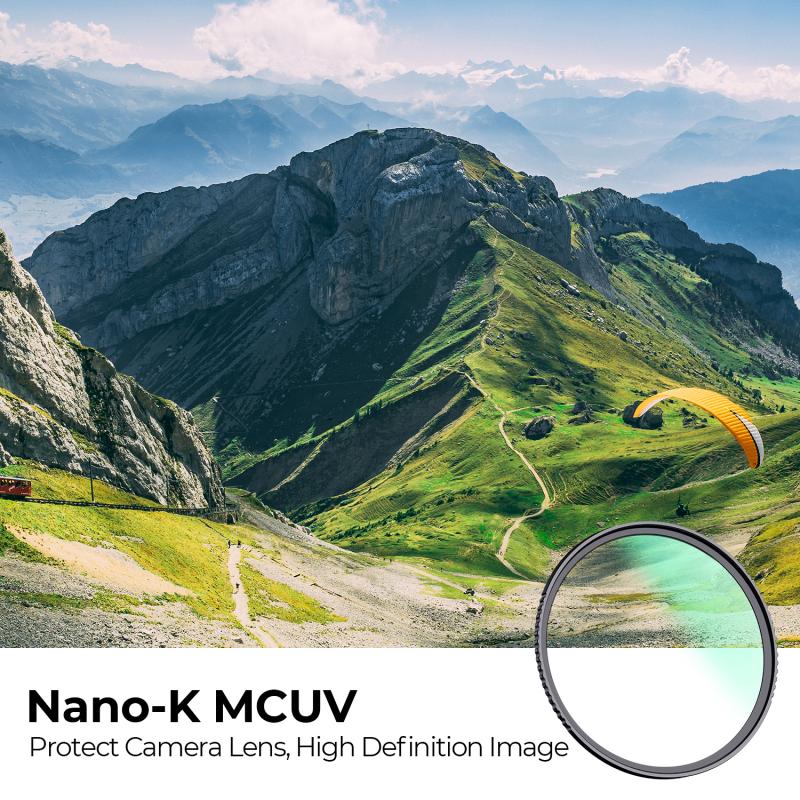
4、 Atmospheric attenuation
Atmospheric attenuation is the process by which the Earth's atmosphere absorbs and scatters electromagnetic radiation, including ultraviolet (UV) radiation. The atmosphere is composed of several layers, each with different properties that affect the transmission of UV radiation. The ozone layer, located in the stratosphere, is the primary filter of UV radiation. Ozone molecules absorb UV radiation, converting it into heat energy. This process is known as the ozone-oxygen cycle.
However, recent studies have shown that the ozone layer is thinning due to the release of chlorofluorocarbons (CFCs) and other ozone-depleting substances into the atmosphere. This has led to an increase in the amount of UV radiation reaching the Earth's surface, which can have harmful effects on human health and the environment.
In addition to the ozone layer, other gases in the atmosphere also filter out UV radiation. These include oxygen and nitrogen, which absorb UV radiation in the upper atmosphere. However, these gases are not as effective as ozone in filtering out UV radiation.
Overall, the ozone layer is the primary filter of UV radiation in the Earth's atmosphere. While other gases also play a role in attenuating UV radiation, the thinning of the ozone layer due to human activities is a cause for concern and highlights the importance of reducing the use of ozone-depleting substances.











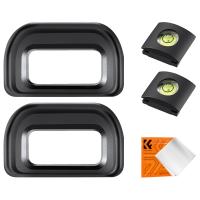




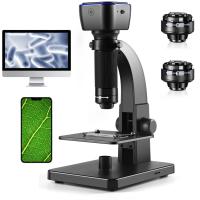



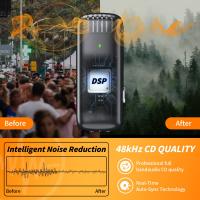
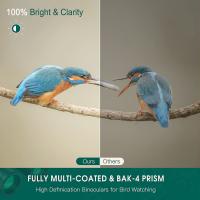




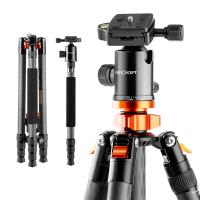
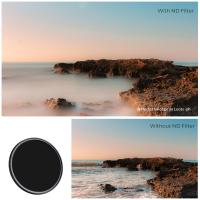
There are no comments for this blog.